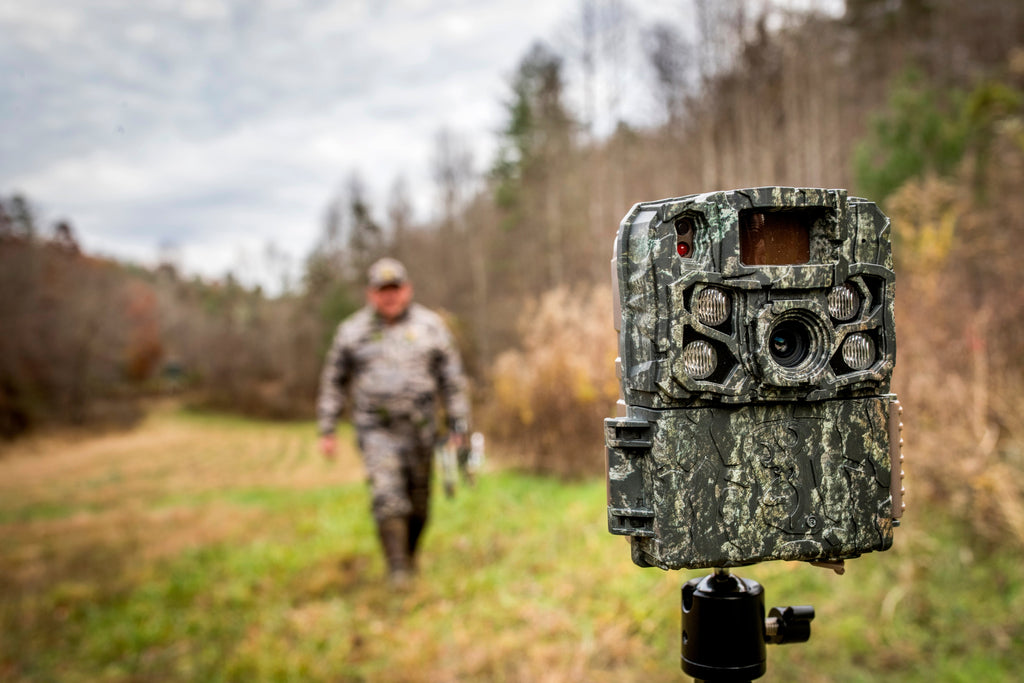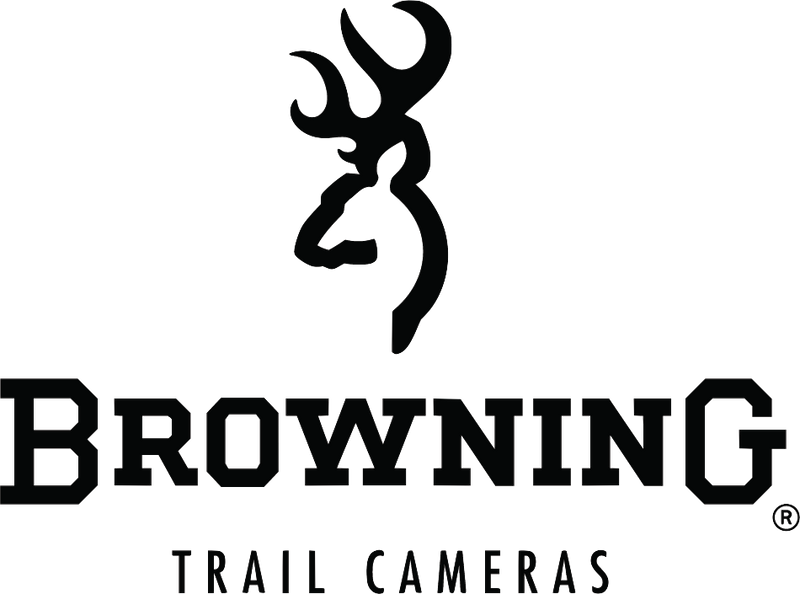The Truth About Tracking and Hunting Game

Busting Myths
When it comes to tracking and hunting wildlife, myths and misconceptions often overshadow reality. While hunting has been a critical part of human culture for thousands of years, the conversation around it has shifted in recent decades. Critics raise ethical concerns, while the modern hunter’s role in conservation and wildlife management is often misunderstood. Meanwhile, advances in technology—like trail cameras—have made tracking more efficient and humane, yet these innovations are sometimes shrouded in skepticism.
We are going to discuss and debunk some of the most persistent myths about tracking and hunting wildlife. By peeling back the layers of misconception, we can uncover the true essence of ethical hunting, its necessity in wildlife conservation, and the value of modern tools like trail cameras in preserving ecosystems.
Myth #1: Hunters Only Care About Trophies
One of the most enduring myths about hunting is that it’s driven purely by a desire for trophies. While trophy hunting does exist, it’s a small subset of a much larger community of hunters who are deeply connected to nature. For the vast majority of hunters, the goal is not to mount a head on a wall but to provide food, maintain healthy wildlife populations, and engage with the outdoors in a meaningful way.
Hunters often spend days, weeks, or even months scouting, tracking, and preparing for their hunts—not for a single moment of glory, but for the fulfillment of participating in a sustainable tradition that values respect for the animal and the ecosystem. In fact, many hunters donate meat to local communities, ensuring that every part of the animal is used and appreciated.
The rise of ethical hunting practices also shows how much hunters care about animal welfare. Organizations like the Boone and Crockett Club and the Quality Deer Management Association promote fair chase hunting, which emphasizes ethical and sustainable practices. Hunting is not about senseless killing; it’s about responsibly engaging with the natural world.

Myth #2: Tracking Wildlife with Cameras Is Unfair
Trail cameras have revolutionized wildlife tracking, providing hunters, conservationists, and researchers with a valuable tool to observe animal behavior without disturbing the environment. Some critics argue that this technology gives hunters an unfair advantage, claiming it takes the “sport” out of hunting. However, this overlooks the real purpose of trail cameras in modern hunting.
Trail cameras do not make hunting easy. They provide insight into an animal’s movement patterns but do not guarantee a successful hunt. Many hunters use trail cameras to better understand animal behavior, allowing them to target specific individuals that contribute to a balanced population rather than indiscriminately hunting.
Moreover, trail cameras are essential for wildlife management beyond hunting. Conservationists use them to track endangered species, monitor habitats, and gather data crucial for conservation efforts. Far from being a “cheat,” these cameras are a non-invasive way to study wildlife and ensure the sustainability of ecosystems.
At Browning Trail Cameras, we’ve seen firsthand how these devices help balance the needs of hunters and conservationists alike, offering an ethical, scientific approach to understanding the wild.

Myth #3: Hunting is Detrimental to Wildlife Populations
A common misconception is that hunting harms wildlife populations. In reality, ethical hunting is a crucial tool for wildlife management and conservation. The key word here is “ethical,” as hunting is heavily regulated to ensure that populations remain healthy and sustainable.
Wildlife biologists work alongside state and federal agencies to determine appropriate hunting quotas, set hunting seasons, and monitor species health. Hunting often helps prevent overpopulation, which can lead to starvation, disease, and habitat destruction. Without hunters, certain species—particularly large herbivores like deer—can overpopulate, causing ecological imbalances.
For example, white-tailed deer populations in the United States have exploded due to the loss of natural predators like wolves and cougars. Without hunting, these deer would strip vegetation bare, leading to soil erosion, a decline in plant biodiversity, and the displacement of other wildlife species. By maintaining a balance, hunting supports the health of entire ecosystems.

Myth #4: All Game Animals are in Decline
Another myth is the assumption that all game animals are in decline due to hunting. On the contrary, many game species are thriving today because of regulated hunting and conservation efforts funded by hunters themselves.
Thanks to laws like the Pittman-Robertson Act, hunters have contributed billions of dollars to wildlife conservation. This money has gone toward restoring habitats, reintroducing species, and maintaining public lands. Game species like elk, wild turkey, and pronghorn—once on the brink of extinction—have seen remarkable recoveries thanks to these efforts.
Additionally, hunters abide by strict regulations. Every year, hunting quotas are adjusted based on scientific data to ensure that wildlife populations remain stable. The data gathered from sources like trail cameras also helps conservationists monitor animal populations and their health, further ensuring that hunting remains sustainable.
Myth #5: Tracking is a Lost Art in the Age of Technology
It’s easy to think that with the advent of technology, traditional skills like tracking have become obsolete. However, the truth is that tracking remains an essential skill for hunters. Modern tools like GPS devices and trail cameras have enhanced the hunter’s ability to observe and understand wildlife, but they do not replace the skill and knowledge required to track animals in the wild.
Experienced hunters know that tracking involves reading the subtle signs of the environment—footprints, broken branches, scat, and the patterns of movement. This skill is honed through years of practice and can’t be replaced by any gadget. While technology helps by giving hunters more data to work with, the core skill of tracking remains as relevant as ever.
In fact, the best hunters use a combination of traditional tracking skills and modern technology. A trail camera may tell you that a deer regularly visits a certain area, but a skilled tracker can identify the freshest tracks, understand wind direction, and predict the animal’s movements. It’s this blend of old and new that makes hunting such a rewarding and immersive experience.
Myth #6: Hunters Don’t Care About the Environment
One of the most damaging myths about hunting is the idea that hunters are only interested in killing animals and have no regard for the environment. The truth is quite the opposite. Hunters are some of the most passionate advocates for habitat preservation, land conservation, and wildlife protection.
Hunters spend countless hours in the wilderness, observing animals and learning about their habitats. They understand better than anyone the need to protect these areas from overdevelopment, pollution, and deforestation. Many hunters participate in habitat restoration projects, plant trees, and support conservation organizations.
Additionally, the money hunters spend on licenses, permits, and equipment contributes directly to wildlife conservation programs. This funding supports habitat restoration, research, and the management of public lands. Without hunters, many of the natural areas we enjoy today would be underfunded and under threat.
Dispelling the Myths & Embracing the Truth
The world of hunting and wildlife tracking is filled with complexities and nuances that are often lost in the noise of modern debates. By debunking these myths, we hope to shed light on the real role that hunters and technology play in wildlife conservation.
Hunting is not just about the pursuit of game; it’s about sustainability and the preservation of our natural world. Whether you're a hunter, conservationist, or simply someone who loves the outdoors, understanding the truth about hunting and tracking helps us all work together to protect the wild places we hold dear.
